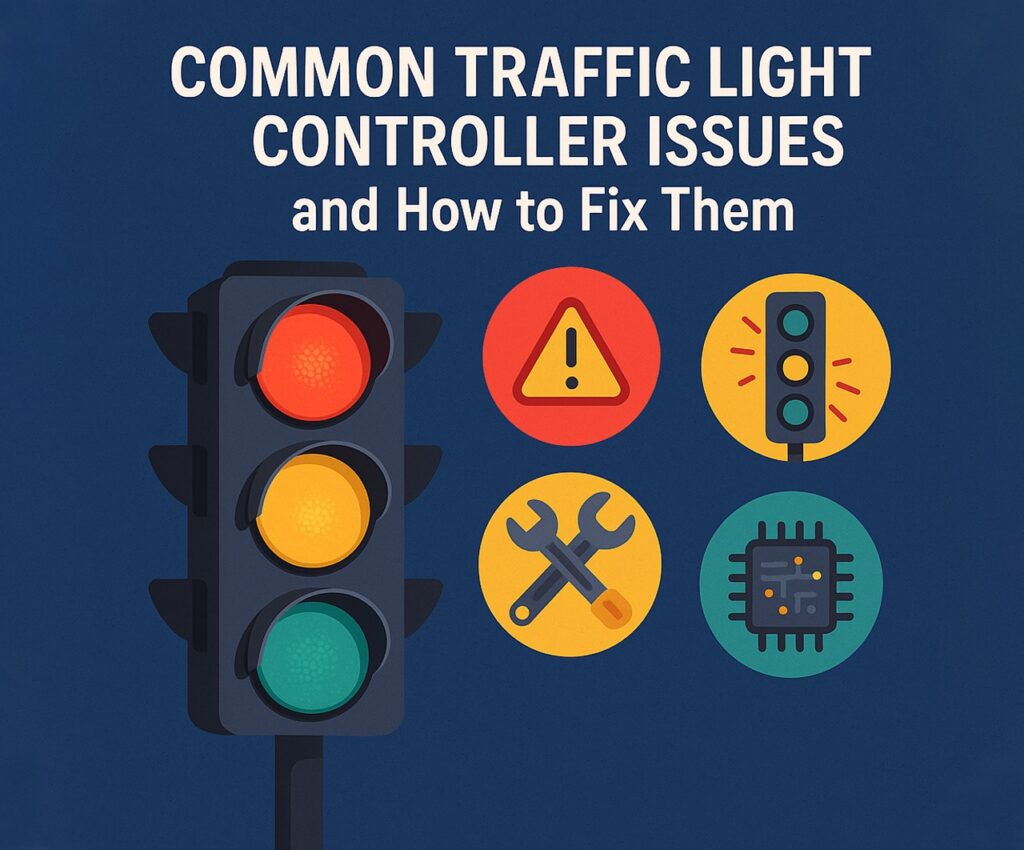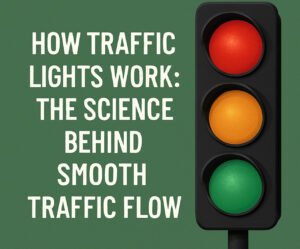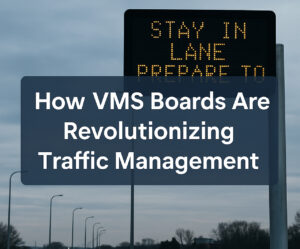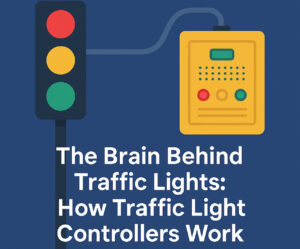In the world of traffic management, ac traffic light controller, crouse hinds traffic light controller, and diy traffic light controller systems are the unsung heroes keeping our roads running smoothly. But like any technology, they aren’t immune to problems. Whether you’re a city engineer managing a busy intersection, or an enthusiast building your own setup, understanding common traffic light controller issues—and how to fix them—is essential. Know more..
Why Traffic Light Controllers Matter
Traffic light controllers are responsible for timing and sequencing signals to maintain order at intersections. The ac traffic light controller is the standard in many municipalities, offering stable and robust operation. On the other hand, hobbyists and institutions often experiment with diy traffic light controller systems for educational or specialized applications. Meanwhile, the crouse hinds traffic light controller is known for its durability and longstanding performance in both urban and rural environments.
Regardless of the type, when a controller fails, it can cause significant disruptions, from minor traffic delays to dangerous accidents.
1. Power Supply Failures
One of the most frequent problems with any ac traffic light controller is a faulty power supply. Whether due to age, weather damage, or surges, losing power to a controller can take an entire intersection offline.
Fix: Check the main power source and backup systems. Install surge protectors and ensure grounding is solid. In diy traffic light controller setups, use regulated power supplies and fuse protection to avoid burnouts.
2. Timing Configuration Errors
A misconfigured controller can lead to green lights in opposing directions or excessively long wait times. This often happens when updating firmware or installing new components in a crouse hinds traffic light controller or custom diy traffic light controller.
Fix: Recalibrate signal timing with the original manufacturer’s specs or software interface. Use built-in diagnostic tools available in many ac traffic light controller models to detect sequencing anomalies.
3. Communication Failure Between Units
Modern intersections often rely on interconnected controllers. If one ac traffic light controller loses communication, it can throw off the entire traffic flow.
Fix: Check the cabling and signal repeaters. Ensure that network protocols are correctly configured. In diy traffic light controller builds, opt for reliable communication standards like RS-485 or Ethernet.
4. Sensor or Input Failures
Traffic sensors feed input into controllers, allowing adaptive signal changes based on real-time traffic. When sensors go bad, even the most advanced crouse hinds traffic light controller becomes ineffective.
Fix: Regularly inspect inductive loops, infrared sensors, or radar units for damage or dirt. For diy traffic light controller projects, test with known input patterns to verify logic response.
5. Software Glitches and Firmware Bugs
Just like your smartphone, a crouse hinds traffic light controller can experience software crashes or bugs after updates. Likewise, ac traffic light controller units may behave erratically if firmware isn’t current.
Fix: Perform firmware updates through authorized channels. Always back up configuration files before updates. For diy traffic light controller systems, thoroughly test code on simulators before live deployment.
6. Environmental Damage
Lightning strikes, floods, and extreme temperatures can all impact controller function. Even rugged crouse hinds traffic light controller models aren’t completely immune to harsh environments.
Fix: Use weatherproof enclosures and install lightning arresters. For diy traffic light controller installations, prioritize component protection with sealed cases and ventilation fans.
7. Clock Synchronization Problems
Many traffic systems rely on synchronized clocks to manage green wave patterns across intersections. If the clocks drift out of sync, it can throw off traffic coordination.
Fix: Ensure your ac traffic light controller or crouse hinds traffic light controller has access to a reliable time server or GPS sync module. For diy traffic light controller builds, implement Network Time Protocol (NTP) for consistency.
8. Manual Override Malfunctions
Controllers often have a manual override feature for emergency services or special events. Malfunctions here can lock a signal in one mode or create confusion.
Fix: Regularly test override systems and train personnel on their correct use. In diy traffic light controller configurations, isolate manual override logic from automatic sequencing to prevent conflict.
9. Voltage Irregularities
Voltage fluctuations can damage sensitive circuitry in an ac traffic light controller or diy traffic light controller. Brownouts and surges can be catastrophic if left unchecked.
Fix: Install voltage regulators and uninterruptible power supplies (UPS). Monitor voltage levels during peak load times, especially in older crouse hinds traffic light controller units.
10. Component Wear and Tear
Over time, capacitors degrade, relays stick, and connectors corrode. Even well-built crouse hinds traffic light controller units can wear out.
Fix: Implement a preventive maintenance schedule. Replace aged components proactively. For diy traffic light controller systems, use socketed components where possible for easy replacement.
Best Practices for Longevity and Performance
To keep your ac traffic light controller, crouse hinds traffic light controller, or diy traffic light controller running smoothly:
- Document all settings and updates.
- Perform monthly diagnostics.
- Keep spares for commonly failing parts.
- Train operators to handle minor issues on-site.
Future-Proofing Your System
As technology evolves, integrating smart traffic management tools with your ac traffic light controller setup can help optimize traffic in real time. Consider hybrid systems where crouse hinds traffic light controller units interface with AI-driven platforms.
For tech enthusiasts, modern diy traffic light controller kits now include features like Wi-Fi monitoring, mobile control apps, and remote debugging tools. These innovations bring a high-tech edge to traffic control at any scale.
Final Thoughts
A traffic signal might seem simple on the surface, but what goes on inside the controller is anything but. From city-wide infrastructure to a tabletop prototype, keeping your ac traffic light controller, crouse hinds traffic light controller, or diy traffic light controller in top shape ensures safe, efficient travel for everyone.
The good news? Most problems have straightforward solutions. With a bit of know-how and regular maintenance, you can avoid costly downtime and keep the signals green where they need to be.





